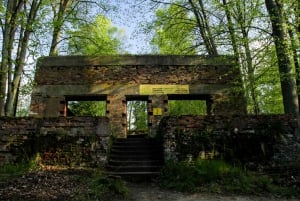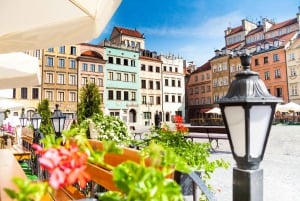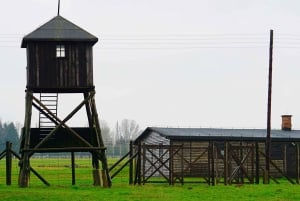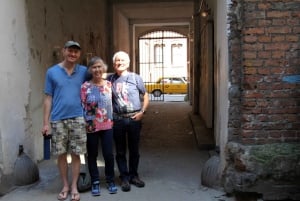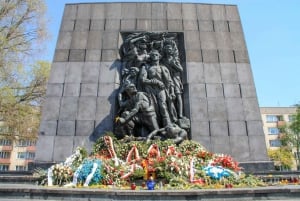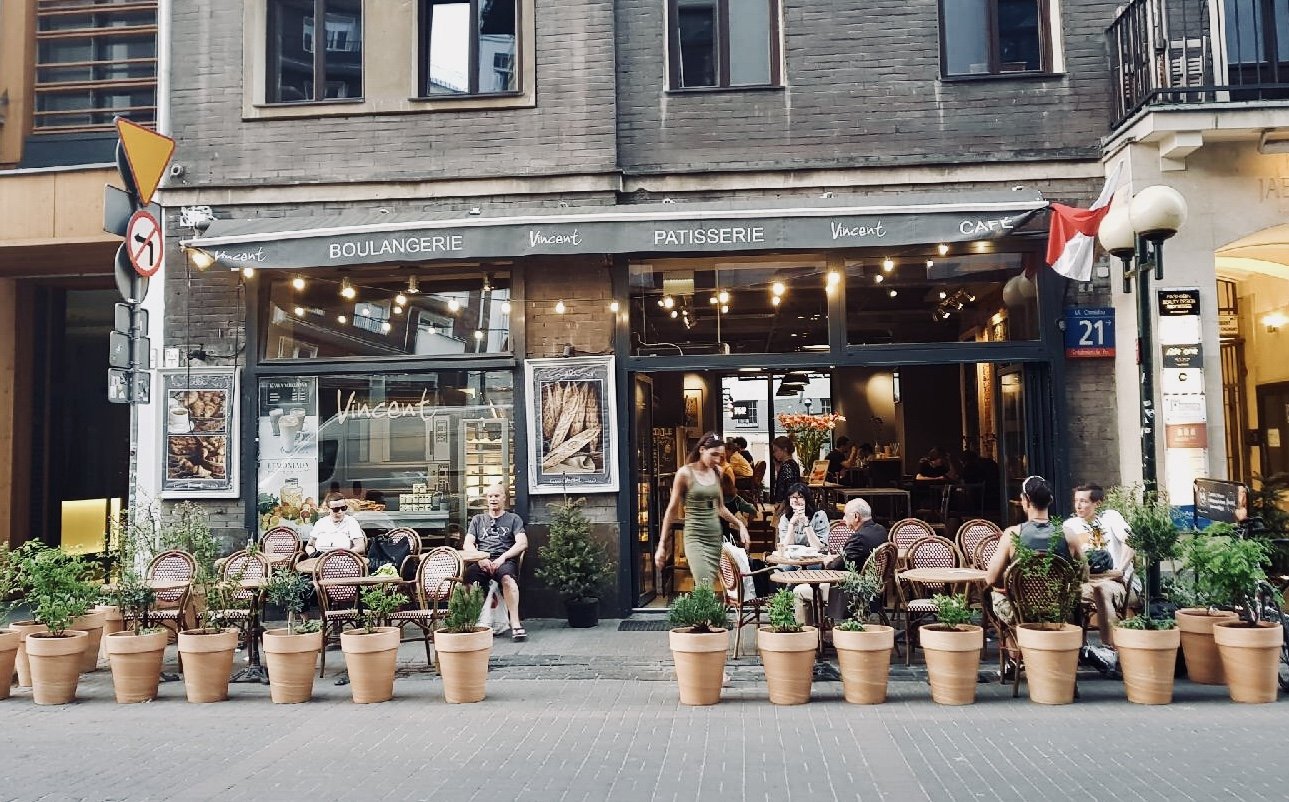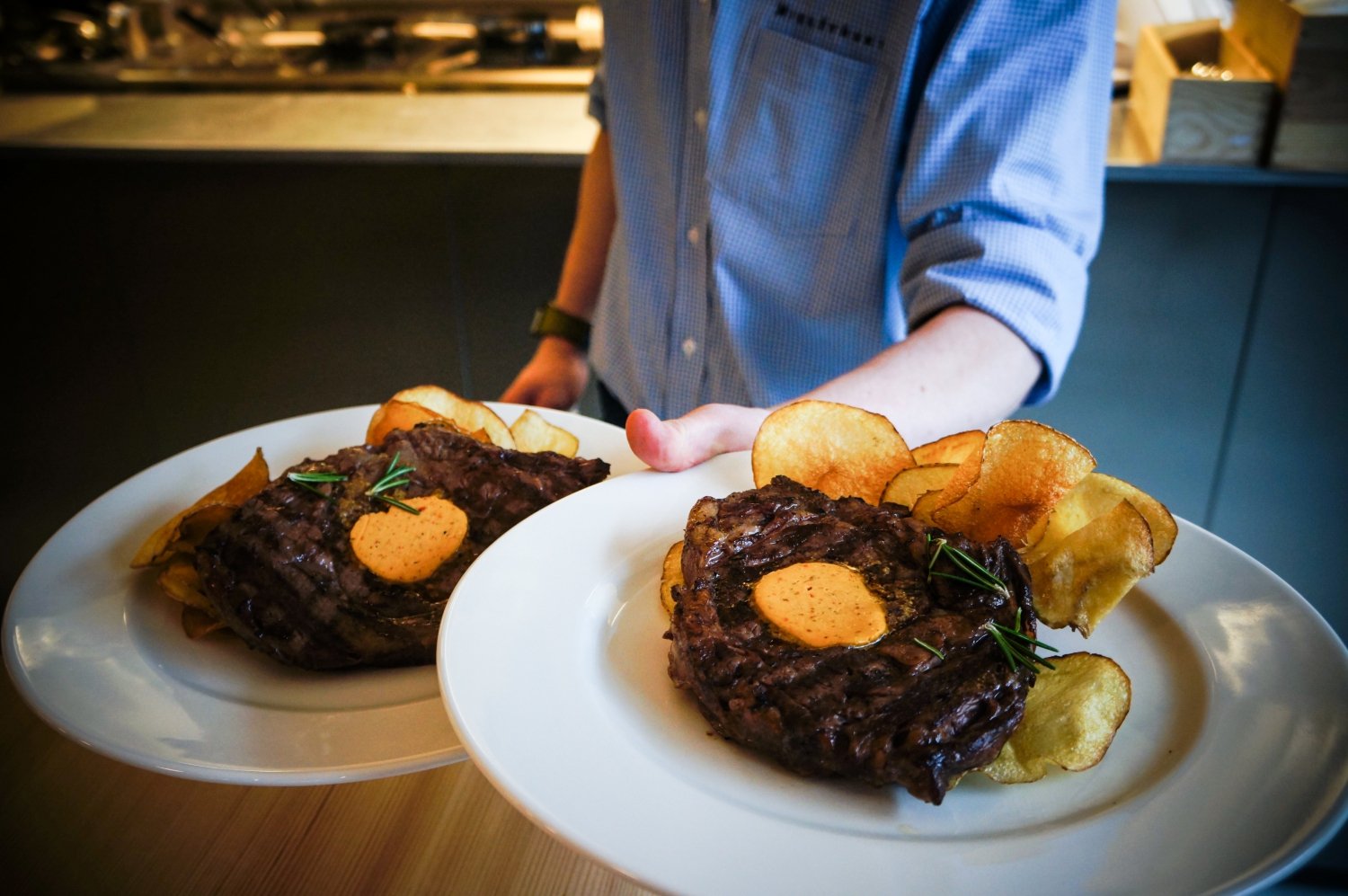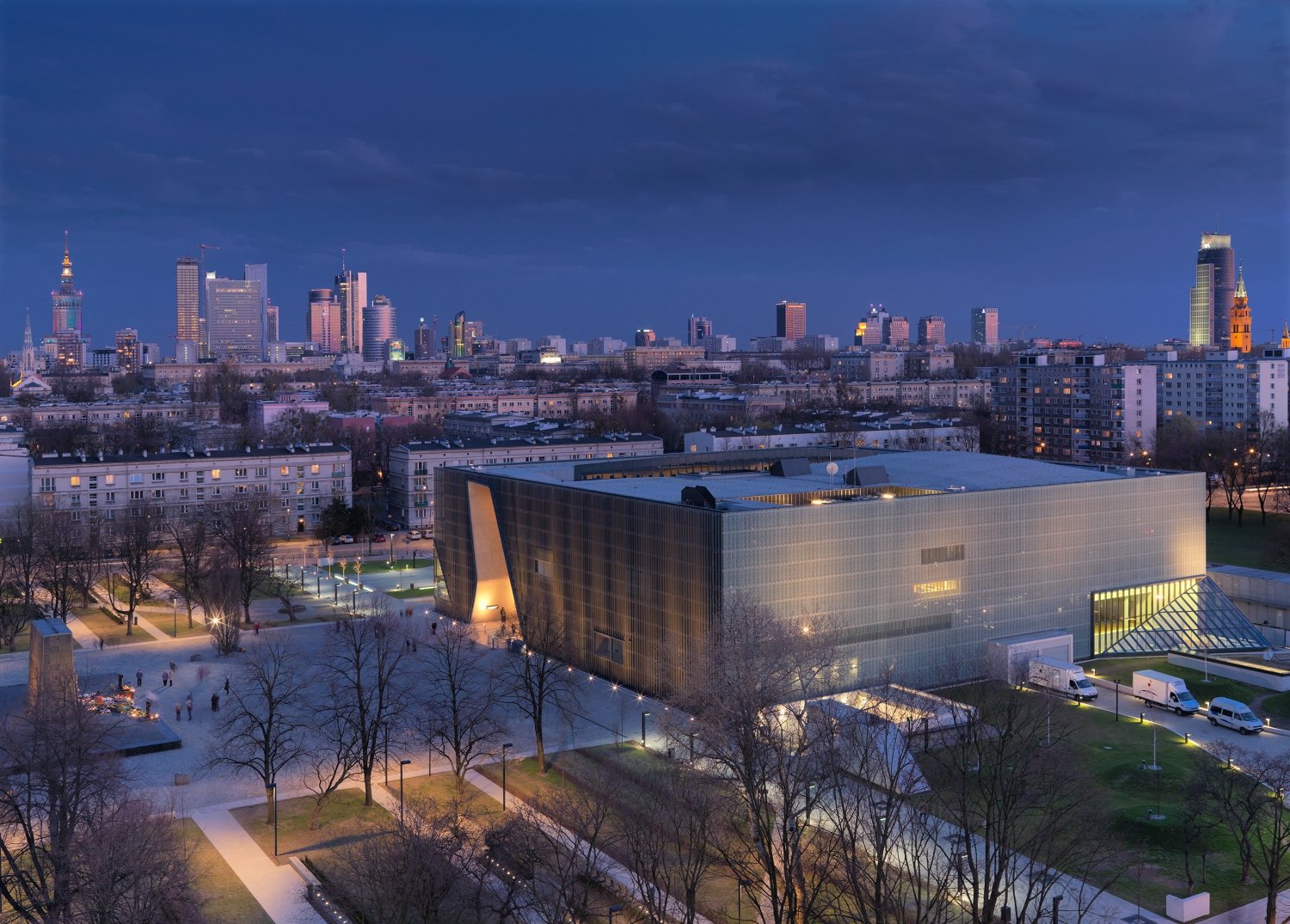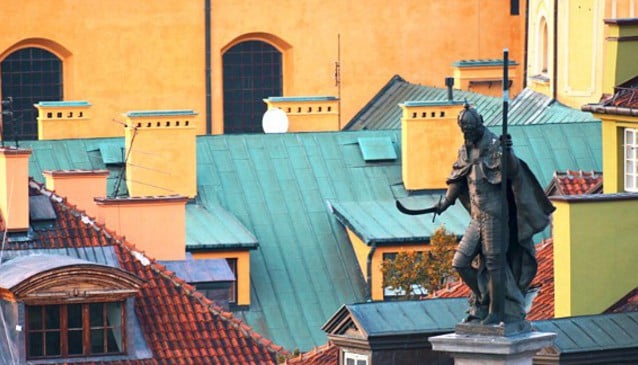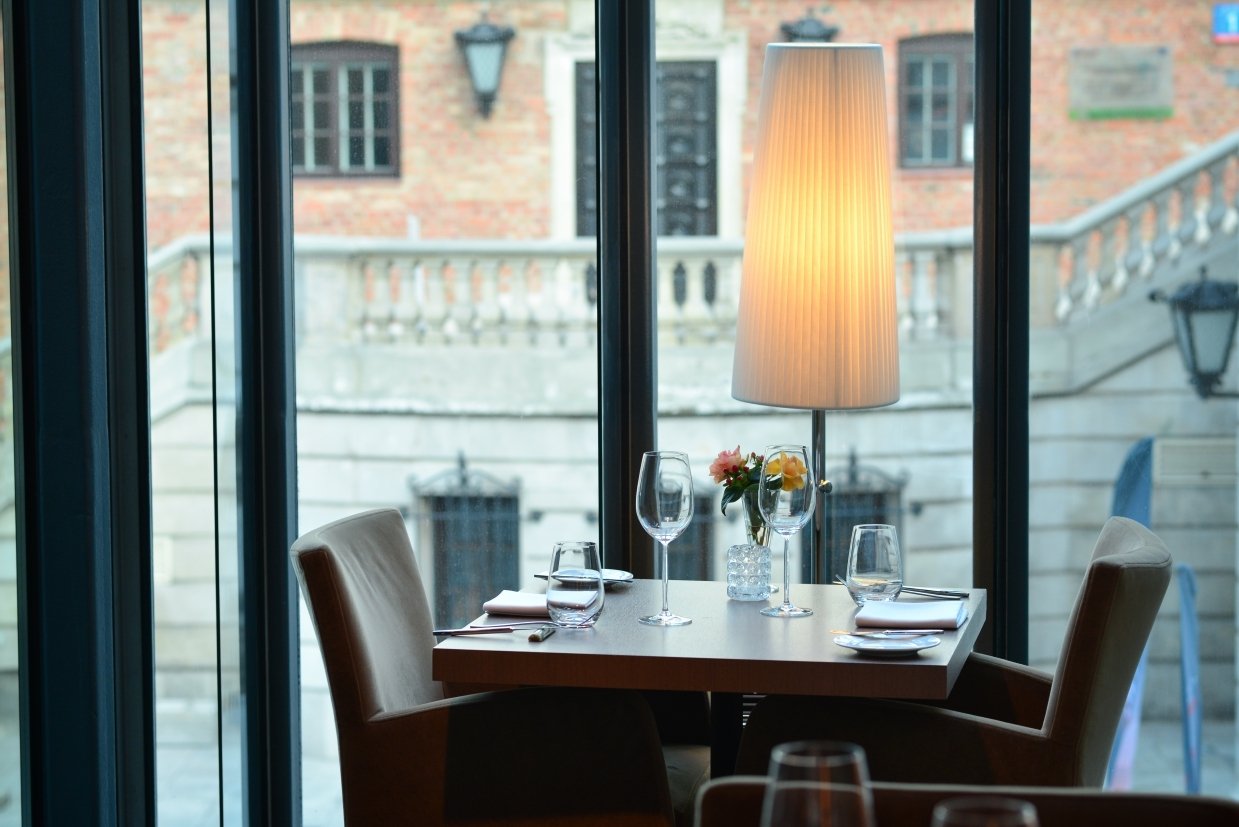Polish History at a Glance
The nation is just over one thousand years old; the birth of Poland is popularly given as the year 966, when scattered Polish tribes were united under a single duke. From that moment until the 17th century, Poland continued to grow and expand, forming an alliance with the neighbouring Grand Duchy of Lithuania which eventually joined Poland to form the Polish-Lithuanian Commonwealth, at one point stretching from the Baltic to the Black Sea, from Poznan and nearly to the gates of Kiev. The Commonwealth was not only vast and powerful, but also liberal and relatively democratic for its time. Its kings were elected by the large noble class, whose exceptional rights and privileges were protected by the so-called "Golden Liberty" written into the law. As early as the 13th century, religious freedom was protected by Polish law, making it a haven for Jews fleeing the inquisition; the rich influence of Jewish culture is still visible today, despite the scars left by the Holocaust.
The 17th century marked the beginning of the end for the great Commonwealth, with the burning and plundering of the Swedish Deluge doing particular damage to the historical landscape. At the end of the 18th century, despite numerous uprisings staged by the heroic Polish people, Poland was divided up by Austria, Prussia and Russia, and remained under foreign domination until the end of the First World War.
The Second Polish Republic that was born out of post-war independence was a nation full of hope and progress, but was sadly short-lived. The first German bombs fell on 1 September 1939, marking the beginning of the most tragic period of Poland’s history. The Nazi occupation of Poland was unimaginably brutal, with hundreds of thousands of civilians arrested, tortured, executed, deported to concentration camps, or dying from starvation and disease. The Soviet occupation on the eastern front saw similar horrors. The majority of Poland’s Jewish population was wiped out in the gas chambers. The war and its consequences are hauntingly present in every aspect of Poland’s landscape today.
The liberation of 1945 brought yet another foreign power, letting Stalin’s will loose upon the trampled post-war nation. Repression, censorship, hideous functionalist architecture and the birth of the extraordinarily inefficient bureaucracy still in evidence today set the tone of the People’s Republic from 1945 to 1989. Following the inspiration of the Solidarity movement, Poland held its first free elections in 1989, bringing popular Solidarity leader Lech Walesa to power as the first president of the Third Republic.
Poland entered the EU in 2004, and in the past few years has become one the fastest-growing and soundest economies in Europe, providing great opportunities for foreign investors and fast becoming one of Europe’s most important business centres. Poland’s rich traditions and history remain uncompromised, however, in this fast-paced modern era. It is a land full of vibrant youth and hopeful change, yet preserving its natural beauty and fascinating past.
For an extended look at Polish history, check out Poland's Historical Patchwork




